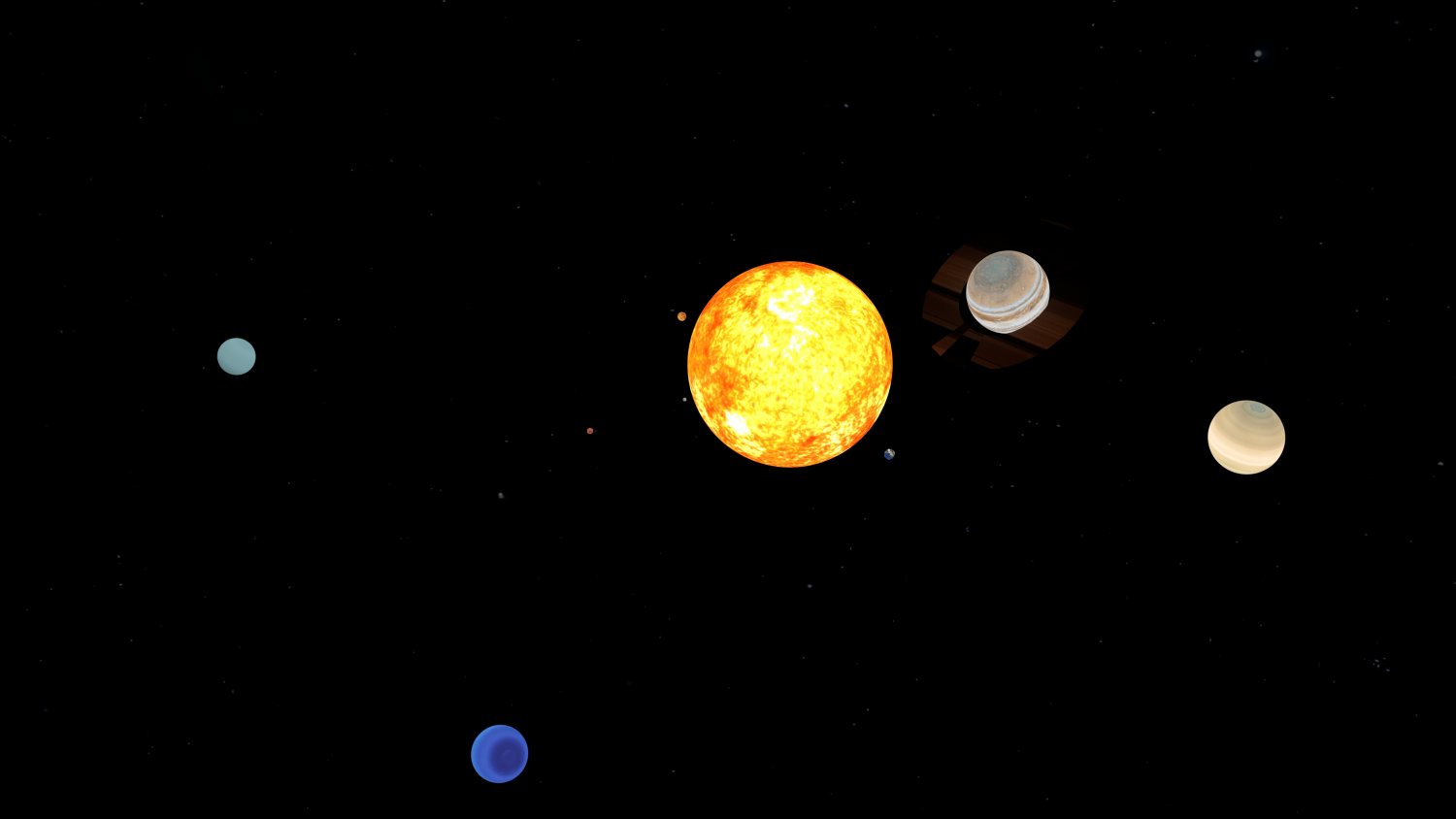


If the sun hits the building through its outer skin and windows, good passive design can even turn the building into an energy asset. If you use passive strategy effectively, you can downsize or even eliminate the cost of heating or air conditioning and save money. You can reduce this impact by using renewable resources such as solar power.Ī passive design uses energy that is already available, like the sun's heat and light. Specify which model surfaces to analyze.Īs much as 90% of a building's environmental impact comes from the energy it uses during its lifetime.Set the location and true north of your project.You should be able to see the Solar icon at the right of the Analyze tab. Make sure you have installed the Insight plug-in.Specify the time period by selecting the type of solar study.You can perform a solar study or solar analysis. The Solar Analysis tool is a part of the Insight plug-in.Īrchitects, urban planners, and MEP engineers.

Although not intended for sizing photovoltaic panels, solar analysis can help identify locations for maximizing solar gain by considering shading effects and seasonal variations in solar radiation. The analysis considers shading by adjacent objects such as vegetation and surrounding buildings. Visualizes and quantifies the distribution and intensity of solar radiation on Revit model surfaces. You can generate an animated study or a still image. Visualizes the sun path and shadows that a site or building element generates during a specific time. Revit lets you perform two types of solar analysis: This analysis doesn’t measure illuminance (light level). Solar analysis analyzes how much of the sun’s energy hits your site or building.


 0 kommentar(er)
0 kommentar(er)
